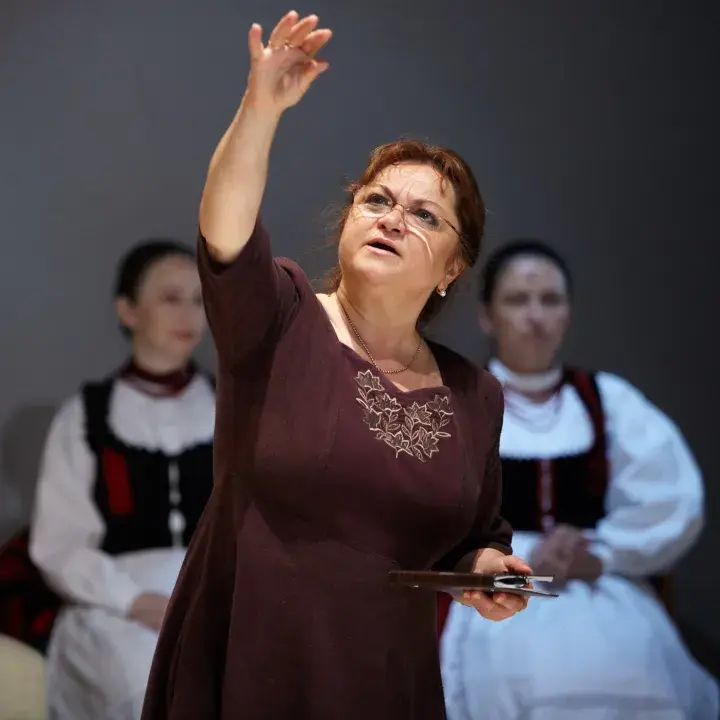The emergence and rise of modern exercise culture in the late 19th and early 20th centuries brought about changes that liberated society's standard view on women's bodies, behaviour, and duties from the "captivity" of the norms imposed by men. Modern physical culture, originating in Victorian England, made regular exercise popular among women, and the active woman paying attention to herself quickly became the epitome of civic virtue. Traditional ideas about the female body and the expected behaviour of women, still dominant at the turn of the last century, began to be fundamentally deconstructed by the emancipation movements. Fashion also broke with the rigid historicism of the 19th century, and practicality and function came to the fore in the production of garments for women in the early 20th century. Garments for entertainment, sports, exercise and work showed more and more of the female body.
In contemporary fashion and needlework magazines, such as Muskátli, fashion designs appeared more and more often in which the folk motifs of the Hungarian regions appeared on sportswear, creating an exciting genre. The skating and ski suits were entirely new and modern in shape, and their decorative elements were drawn from the treasures of folk art. It is also customary to decorate accessories– such as hats, scarves, gloves, and vests – with Hungarian motifs.
Skating suits were made of blue or red duffle fabric, velvet and white or light grey appliqués. Dense embroidery was also used, and it was possible to decorate these clothes with writing or embroidery from the Sárköz region or embroidery used on shepherds’ cloaks. (the "szűr") The leather coat trimmed with fur was a great piece to use with the ski clothes decorated with colourful Matyó or the above-mentioned shepherd’s cloak embroidery used around Debrecen. Winter sportswear usually used a zip concealed with cord decoration above it as a concluding solution. This was hands-on because it did not let in cold and water; besides, it was perfectly sealed. Instead of a cap, wearing a hood contrasting from the suit itself, united with the shoulder part, or a two-colour turban, which was pinnately erect, was very fashionable.
Tennis and beachwear could also be decorated with Hungarian motifs. The skirt of the white linen tennis suit could be deeply inlaid or have the cut of a divided skirt, and its decoration was usually red embroidery in a Sárköz or Matyó style and a headdress. For the beach, rowing, afternoon strolls, and small excursions, the edges of the dresses sewn from grenadine or other soft-fall linen were decorated with Kalocsa pattern.
The exhibition presents Krisztina Regőczy's figure skating dress as an example of recent sportswear using folk motifs. Regőczy wore the Kalocsa embroidered skating suit for the first time at the European Championship in Zagreb in 1974 and the subsequent World Championship in Munich. The belt of the dress is of secondary use and originally adorned the debutante dress of her skating partner, András Sallay's mother. The dress and belt in the old photo were produced before 1941.


